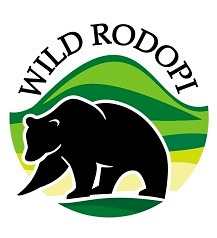Dragonflies
With 64 species of dragonflies and damselflies having been recorded within the Rodopi (Rhodope) Mountains, this is one of the most important regions for Odonata in Europe. However, not only are the Rodopi (Rhodope) Mountains of conservation significance for Odonata because of the great diversity and abundance of damselflies and dragonflies, they are also the site of important new discoveries, such as the discovery of the Bulgarian Emerald (Somatochlora borisi) there by Milen Marinov in 1999. Furthermore, although there has already been a great deal of Odonata research conducted in certain regions of the Rodopi (Rhodope) Mountains, there are still many rivers, streams and water-bodies that are devoid of data and where further research is required, with the potential for making exciting new discoveries.
Odonata are highly sensitive to habitat quality, making damselflies and dragonflies excellent bio-indicators, well-suited for evaluating environmental changes, and thus highly important indicator species. At NGO 'Wild Rodopi', we are not only focused on gathering new data on the distribution of dragonflies and damselflies in the Rodopi (Rhodope) Mountains, but also investigating any altitudinal and seasonal patterns which may throw new light on the impact of climatic change in the region.


